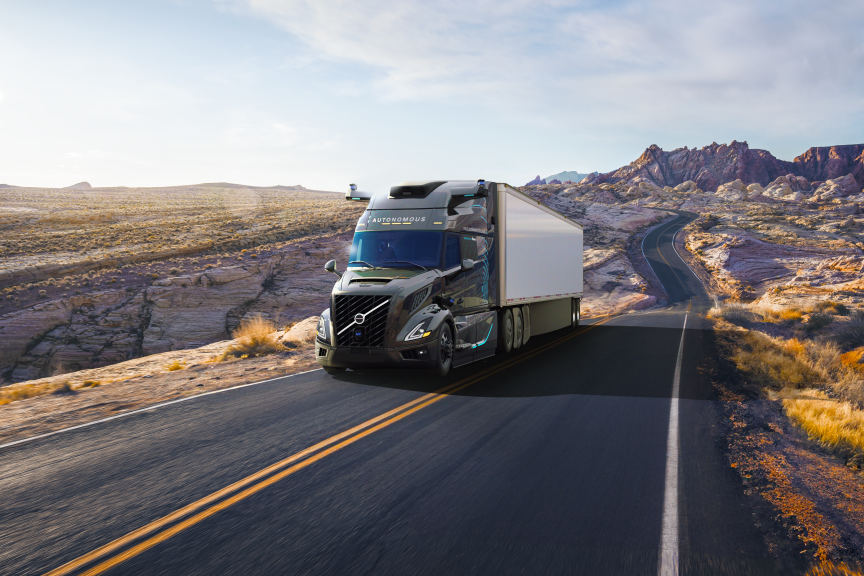Inside Australia’s self-driving logistics corridor

Stretching more than 1,100 kilometres across some of the world’s flattest and most remote terrain, the **Nullarbor Plain** is no stranger to long-haul freight. But what was once the exclusive domain of weathered truckers and overworked diesel engines is now becoming the proving ground for one of Australia's boldest tech ventures: **autonomous freight transport**.
With its **straight highways, sparse population, and minimal urban congestion**, the Nullarbor presents ideal conditions for autonomous vehicle trials. Australia's transport authorities, alongside major logistics firms like Toll Group and Linfox, are leveraging this geographical advantage to trial driverless technology that may one day redefine the continent’s supply chain.
In 2024, the **National Transport Commission** partnered with tech startups and universities to trial **Level 4 autonomous trucks**, capable of operating without human intervention in specific zones. Brisbane-based robotics firm Axella and Sydney’s AutoDriveAI are leading the software development, integrating real-time LiDAR, GPS, and adaptive AI algorithms tailored for extreme Australian climates.
“Australia isn’t just catching up in autonomous freight—we’re leading the charge,” said one industry insider involved in the Western Australia pilot.
Despite the excitement, safety remains paramount. Trucks still carry backup drivers, especially when entering semi-urban areas like Port Augusta. Every trial is overseen by federal regulators, and the Department of Infrastructure has issued temporary AV-specific licenses.
Moreover, early data from the trials is promising: a **22% decrease in fuel consumption**, fewer fatigue-related errors, and a **lower incident rate** compared to traditional haulage.^1
The autonomous trucking boom is also creating jobs—in unexpected places. Remote towns along the freight corridor are becoming data processing hubs and refuelling stops. Adelaide’s universities are reporting a 40% increase in enrolments for AI and transport engineering degrees.
Regulatory inconsistency across state lines remains a hurdle. South Australia and Western Australia have differing laws on autonomous vehicle operation, leading to jurisdictional red tape. Insurance liability, public trust, and cybersecurity risks are also under close scrutiny.
Stay updated with real-time headlines, expert perspectives, and deep dives into Australia's evolving landscape — from tech revolutions and transport shifts to economic trends that define tomorrow. We prioritize truth, clarity, and context so you can navigate change with confidence.
Subscribe to NewsletterBy mid-2026, if trials prove successful, freight firms hope to deploy autonomous convoys—platoons of driverless trucks communicating in real time—to deliver goods from Perth to Melbourne without a single driver shift.
For now, the road ahead is long, but straight—both literally and figuratively. The **Nullarbor may soon become the beating heart of Australia’s autonomous logistics network**.
1 Based on 2025 pilot data released by the National Transport Commission and peer-reviewed by the University of Adelaide.